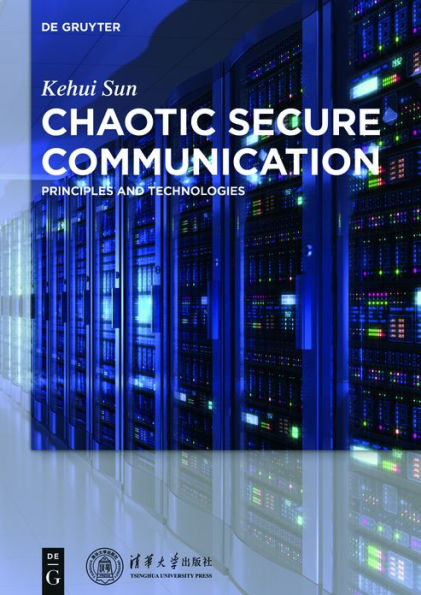The monograph begins with a systematic introduction of chaos and chaos synchronization, and then extends to the methodologies and technologies in secure communication system design and implementation. The author combines theoretical frameworks with empirical studies, making the book a pratical reference for both academics and industrial engineers.
"1134151364"
Chaotic Secure Communication: Principles and Technologies
The monograph begins with a systematic introduction of chaos and chaos synchronization, and then extends to the methodologies and technologies in secure communication system design and implementation. The author combines theoretical frameworks with empirical studies, making the book a pratical reference for both academics and industrial engineers.
177.99
In Stock
5
1

Chaotic Secure Communication: Principles and Technologies
346
Chaotic Secure Communication: Principles and Technologies
346Related collections and offers
177.99
In Stock

Product Details
| ISBN-13: | 9783110433265 |
|---|---|
| Publisher: | De Gruyter |
| Publication date: | 09/26/2016 |
| Sold by: | Barnes & Noble |
| Format: | eBook |
| Pages: | 346 |
| File size: | 36 MB |
| Note: | This product may take a few minutes to download. |
| Age Range: | 18 Years |
About the Author
From the B&N Reads Blog
